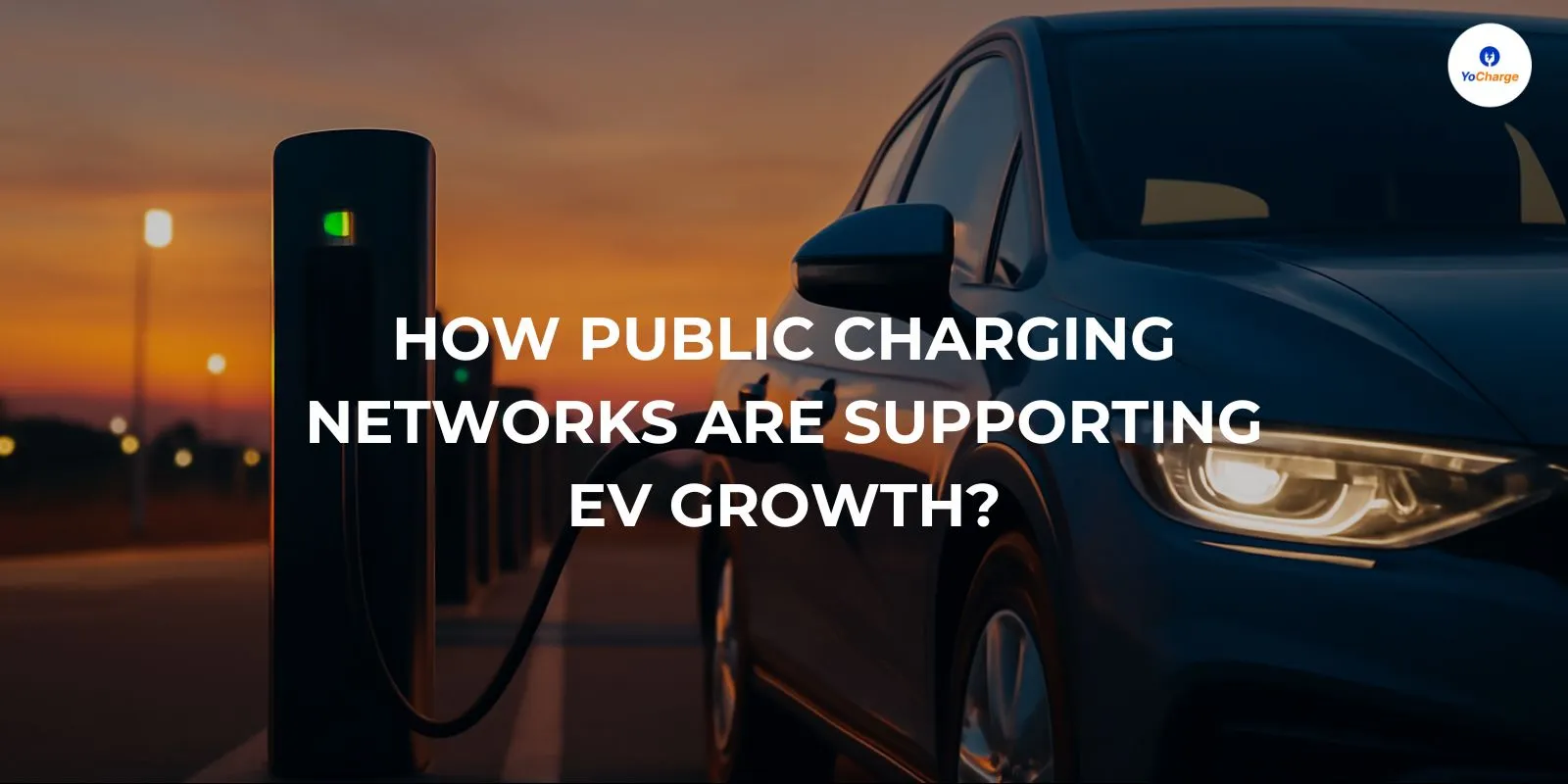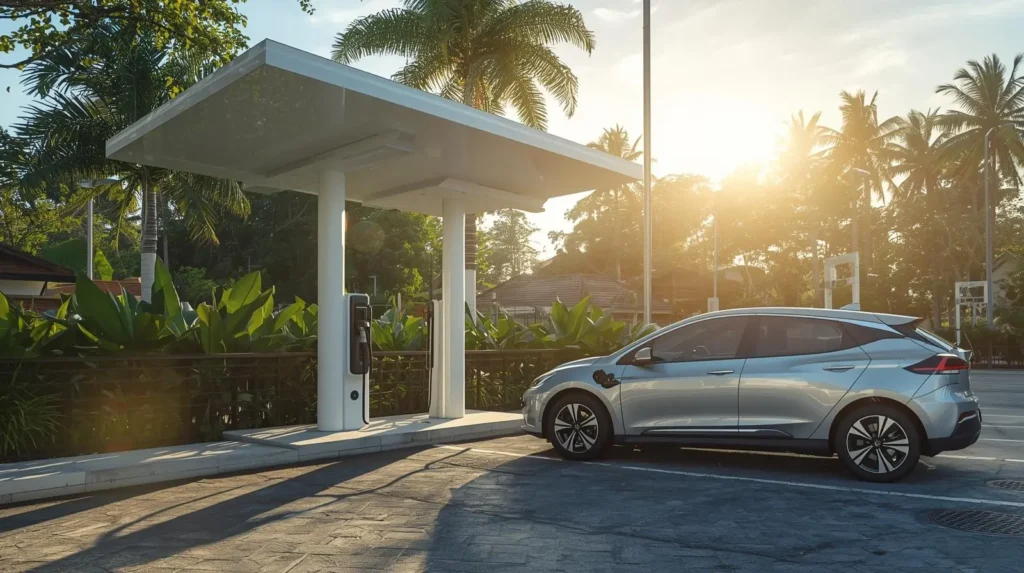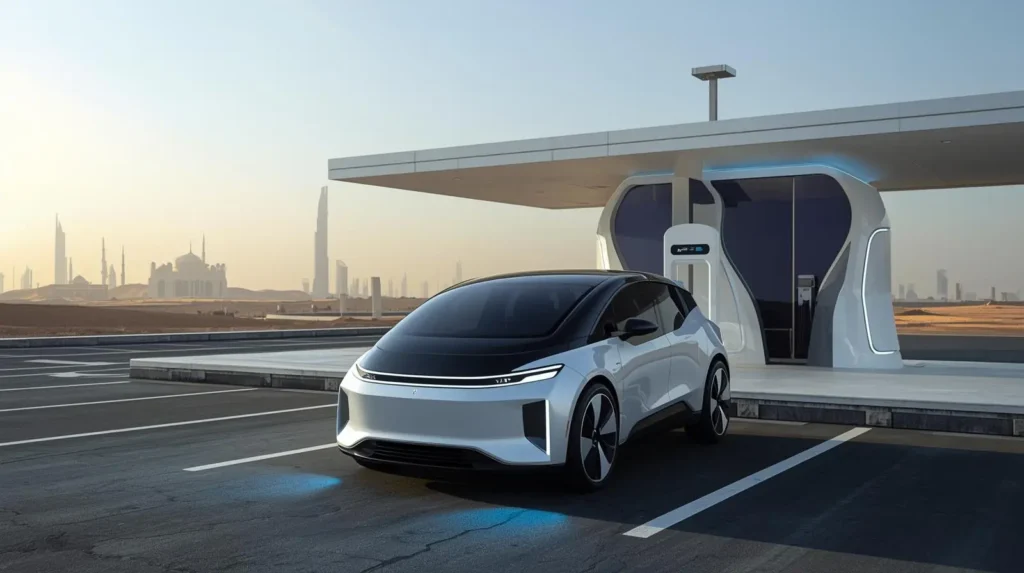
Public Charging Networks: Electric vehicles (EVs) are quickly becoming a popular alternative to traditional gasoline-powered cars. As more people switch to EVs, the need for public charging networks has grown dramatically.
Without enough charging stations, it can be hard for people to use their electric cars, especially on long trips.
This article explores how public charging networks are supporting the growth of EVs and helping drivers feel more confident about their choice to go electric.
Public Charging Networks Are Expanding
One of the key factors driving the growth of electric vehicles is the increase in public charging stations. Since 2022, the number of public charging points worldwide has more than doubled, reaching over 5 million by 2024.
The expansion is crucial because many people do not have access to home charging, especially in cities where people live in apartments. Public chargers fill this gap and make it possible for more people to drive electric cars.
In 2024 alone, 1.3 million new public charging points were added globally, which is a 30% increase compared to the previous year. These new chargers are spread out in urban and rural areas to make charging more accessible.
For example, the European Union saw an increase of over 35% in the number of charging points in 2024, bringing their total to over 1 million.
Also Read: How Fast Charging Stations Are Powering Electric Cars?
China Leads in Public Charging Networks
China has been at the forefront of expanding its EV charging network. The country now has around 65% of the global stock of public charging points. This rapid growth is helping China stay ahead in the race for EV adoption.
The government has heavily invested in EV infrastructure, with two-thirds of the growth in public chargers since 2020 coming from China alone.
In China, there is now more than one public charger for every 10 electric cars on the road. This is a significant improvement from previous years. With so many chargers available, EV drivers in China don’t have to worry about running out of battery when traveling across the country.
The Role of Europe in Public Charging Networks
Europe is another region that has made significant progress in public charging infrastructure. Countries like the Netherlands, Germany, and France have set ambitious goals to increase the number of charging points.
The Netherlands, for example, has the largest charging network in Europe, with over 180,000 chargers. Germany and France are also close behind, with around 160,000 and 155,000 charging points, respectively.
In addition to expanding the number of charging stations, Europe has focused on making these stations faster. Fast charging is important for drivers who need to charge their cars quickly while traveling.
In 2024, the number of ultra-fast chargers (those providing over 150 kW) grew by 60% in Europe. This increase in charging speed is helping to reduce charging time, making EVs more convenient for long-distance travel.
The U.S. and Its Public Charging Networks Plans
In the United States, the expansion of public charging infrastructure is underway, but it is still catching up to Europe and China. In 2024, the U.S. increased its charging stock by 20%, reaching nearly 200,000 public charging points.
The National EV Infrastructure (NEVI) program, part of the 2021 Bipartisan Infrastructure Law, allocated $5 billion to fund the expansion of fast-charging stations along major highways.
While this funding is a step in the right direction, only a small percentage of the allocated funds have been used by the end of 2024. As a result, some of the expansion plans are delayed. However, with continued investment, the U.S. is expected to add more charging stations in the coming years.
India’s Efforts to Expand Public Charging Networks
India is also making strides in expanding its EV charging network. In 2024, India added around 40,000 new public chargers, and the government allocated $240 million through the PM E-DRIVE scheme to further develop charging infrastructure.
The focus is on urban centers and heavily used transport corridors, where there is a high demand for charging stations.
While the charging network in India is still growing, it is an important step toward supporting the country’s growing EV market. The availability of public chargers will help make EVs a more practical choice for Indian drivers.
Challenges to Expansion of Public Charging Networks
Despite the rapid growth in public charging infrastructure, there are still challenges that need to be addressed. One challenge is the need for faster chargers. While many charging stations are available, most are still slow chargers that take several hours to fully charge an EV.
Fast chargers, which can provide a quicker charge, are much more expensive to install and require more power from the electrical grid.
Another challenge is the need for standardization across different types of chargers. Currently, there are various plug types and payment systems used by different charging stations, which can make the charging experience confusing and inconvenient for drivers.
Also Read: Role of Public EV Charging Points in the Global EV Revolution
Looking Ahead: Future of Public Charging Networks
The future of public charging networks looks promising. As the number of electric vehicles continues to grow, more charging stations will be needed to meet demand.
By 2030, the number of public charging points is expected to increase nearly ninefold to accommodate the rising number of EVs on the road.
Governments, automakers, and private companies will need to continue working together to expand charging infrastructure.
The focus will be on adding more fast and ultra-fast chargers, which will make it easier for drivers to charge their EVs quickly and get back on the road.
Conclusion
Public charging networks are a vital part of the shift to electric vehicles. The expansion of charging stations is helping to support the growing number of EVs on the road, making it easier for people to drive electric cars.
With continued investment and innovation, we can expect to see even more charging stations in the future, helping to make EVs more accessible and convenient for everyone.
Source: Global EV Outlook 2025



